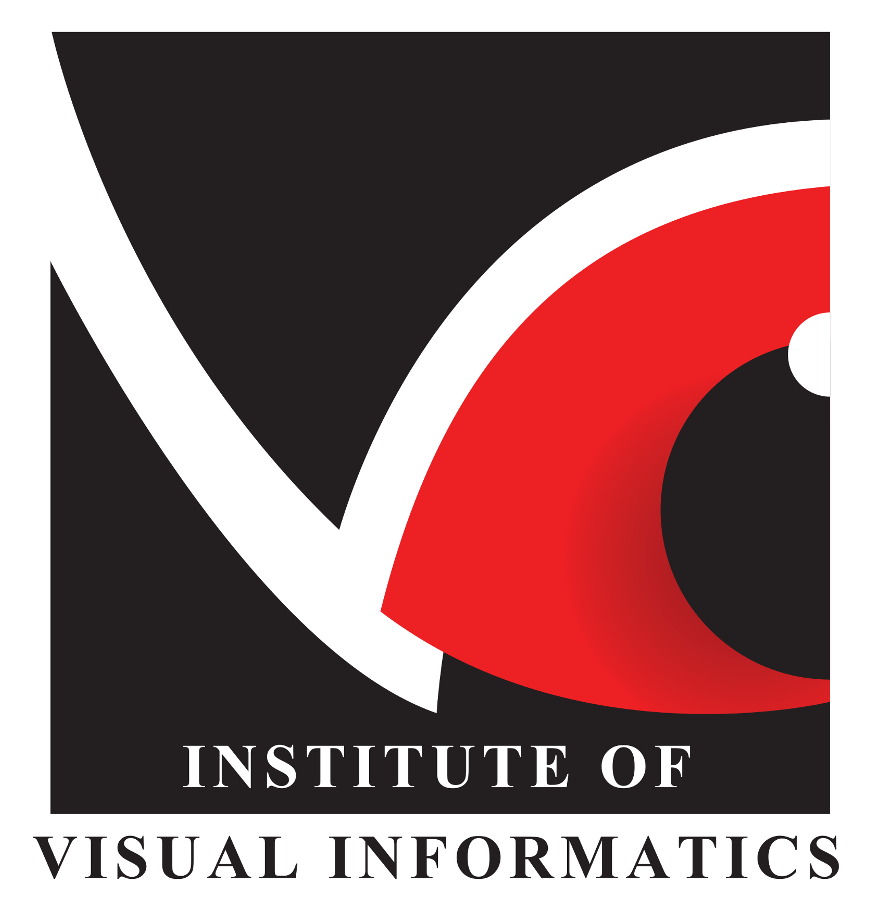The PDF file you selected should load here if your Web browser has a PDF reader plug-in installed (for example, a recent version of Adobe Acrobat Reader).
If you would like more information about how to print, save, and work with PDFs, Highwire Press provides a helpful Frequently Asked Questions about PDFs.
Alternatively, you can download the PDF file directly to your computer, from where it can be opened using a PDF reader. To download the PDF, click the Download link above.
How to cite (IEEE):
Z. Zailan, S. Mostafa, A. Abdulmaged, Z. Baharum, M. Jaber, & R. Hidayat
"Deep Learning Approach for Prediction of Brain Tumor from Small Number of MRI Images," JOIV : International Journal on Informatics Visualization, vol. 6, no. 2-2, , pp. 581-586, Aug. 2022.
https://doi.org/10.30630/joiv.6.2.987
How to cite (APA):
Zailan, Z., Mostafa, S., Abdulmaged, A., Baharum, Z., Jaber, M., & Hidayat, R.
(2022).
Deep Learning Approach for Prediction of Brain Tumor from Small Number of MRI Images.
JOIV : International Journal on Informatics Visualization, 6(2-2), 581-586.
https://doi.org/10.30630/joiv.6.2.987
How to cite (Chicago):
Zailan, Zulaikha N.I., Mostafa, Salama A., Abdulmaged, Alyaa Idrees, Baharum, Zirawani, Jaber, Mustafa Musa, AND Hidayat, Rahmat.
"Deep Learning Approach for Prediction of Brain Tumor from Small Number of MRI Images" JOIV : International Journal on Informatics Visualization [Online], Volume 6 Number 2-2 (31 August 2022)
https://doi.org/10.30630/joiv.6.2.987
How to cite (Vancouver):
Zailan Z, Mostafa S, Abdulmaged A, Baharum Z, Jaber M, & Hidayat R .
Deep Learning Approach for Prediction of Brain Tumor from Small Number of MRI Images.
JOIV : International Journal on Informatics Visualization [Online]. 2022 Aug;
6(2-2):581-586.
https://doi.org/10.30630/joiv.6.2.987
How to cite (Harvard):
Zailan, Z., Mostafa, S., Abdulmaged, A., Baharum, Z., Jaber, M., & Hidayat, R.
,2022.
Deep Learning Approach for Prediction of Brain Tumor from Small Number of MRI Images.
JOIV : International Journal on Informatics Visualization, [Online] 6(2-2), pp. 581-586.
https://doi.org/10.30630/joiv.6.2.987
How to cite (MLA8):
Zailan, Zulaikha N.I., Salama A. Mostafa, Alyaa Idrees Abdulmaged, Zirawani Baharum, Mustafa Musa Jaber, & Rahmat Hidayat.
"Deep Learning Approach for Prediction of Brain Tumor from Small Number of MRI Images." JOIV : International Journal on Informatics Visualization [Online], 6.2-2 (2022): 581-586. Web. 3 Jul. 2024
, https://doi.org/10.30630/joiv.6.2.987
BibTex Citation Data :
@article{


